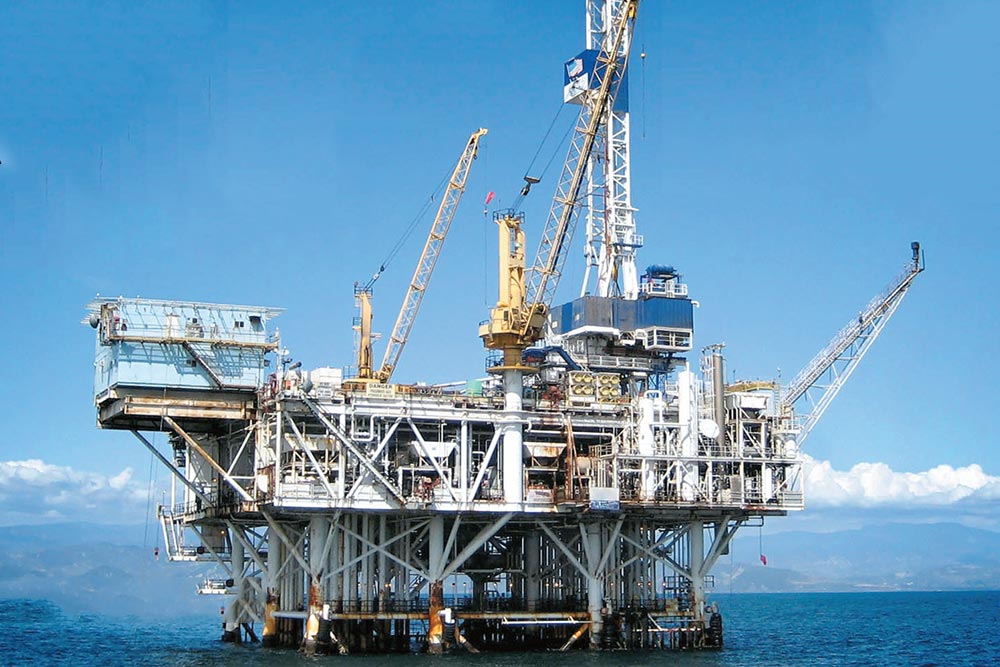Last month, when Mukesh Ambani-led Reliance Industries’ (RIL) quarterly results beat market expectations with a 12.9% y-o-y increase in its turnover and 24% growth in net profit, its stock price reached a high of ₹954.80 on January 21. Apart from rise in earnings from the refining business, the year-long buyback programme by the company also accounted for the positive outlook among investors and analysts.
The buyback concluded on January 19, wherein RIL bought shares worth ₹3,900 crore (38% of the target ₹10,440 crore) from shareholders at ₹870 a share. The process was initiated in February 2012 to bring up the value of its shares, which were under-performing. Over the year, RIL’s shares shot up by over 15% and the Sensex grew by almost 20%. That’s not great, but a huge improvement considering the under-performance the previous year.
With the better-than-expected results delivered by RIL in Q3, many analysts have changed their view on its shares. In a report by Standard Chartered Equity Research, which revised its target price to ₹879, Rahul Singh indicates a rise in earnings per share (EPS). The report modified its earlier estimates of EPS for FY13 from ₹60.9 to ₹62.40 and from ₹65.5 to ₹69.7 for FY14. It adds, “Operating profit at ₹83.7 billion (an increase of 15% y-o-y and 9% q-o-q) was driven by higher-than-expected gross refining margins (GRMs) of $9.6 per barrel.” As per company reports, the increase in refining margins and prices accounted for 13.7% increase in revenues.
Over the last two years, continuous decline in gas production in D6 fields of the Krishna Godavari basin and a near-stalling of exploration led to RIL’s under-performance in the market. CLSA’s Vikash Jain states in his report, which revised its target price for RIL to ₹930, that he expects the situation to reverse from 2013, as Reliance negotiates for a gas price hike after the current $4.2 per mmbtu agreement expires in March 2014. “Restart of exploration after a near two-year hiatus, rising US shale gas volumes will be other positives for 2013,” he reports. RIL’s three shale gas JVs in the US accounted for $407 million as revenue for the first three quarters of FY13.
Not just that. RIL’s outlook improved considerably with the Veerappa Moily-led oil ministry considering a direct negotiation with the company over arbitration proceedings, which might help the company save over $1 billion. Under Jaipal Reddy, the oil ministry had notified RIL to reduce the cost of developing the KG-D6 field by $1 billion due to the fall in output; RIL then initiated an arbitration proceeding against the ministry in order to recover its costs. In addition, Moily has agreed to accept suggestions made by the Rangarajan committee that will link natural gas prices with international prices. That could actually turn the tide for RIL decisively. Provided the market as a whole does not go into a tailspin, of course.











